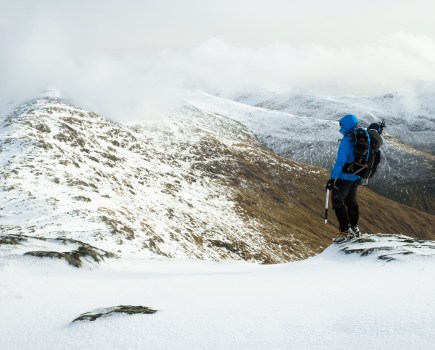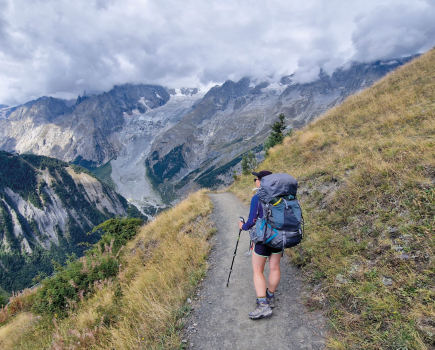Anyone who has spent a night tossing and turning in their tent will understand how important a good night’s sleep is in the outdoors – especially if you’re in the throes of a multi-day trek and need to maintain and resupply your energy stores overnight with a restful kip. Much of this depends on the kit you select. Here, we answer the question of whether or not you need a sleeping mat for camping comfortably – and safely.
Main image: James Forrest camping on the West Highland Way. Credit: James Roddie
Generally speaking, sleeping mats or an essential piece of backpacking kit for both warmth and comfort – but only if they do their job properly.
Looking to buy a new sleeping mat, or replace your old one? Our expert gear review team have tested some of the best sleeping mats.
Do you need a sleeping mat for camping?
Sleeping mats are designed to fulfil a number of functions in the outdoors. Most importantly, sleeping mats provide padding for comfort and all-important protection from the cold ground. These are both fairly self-explanatory.
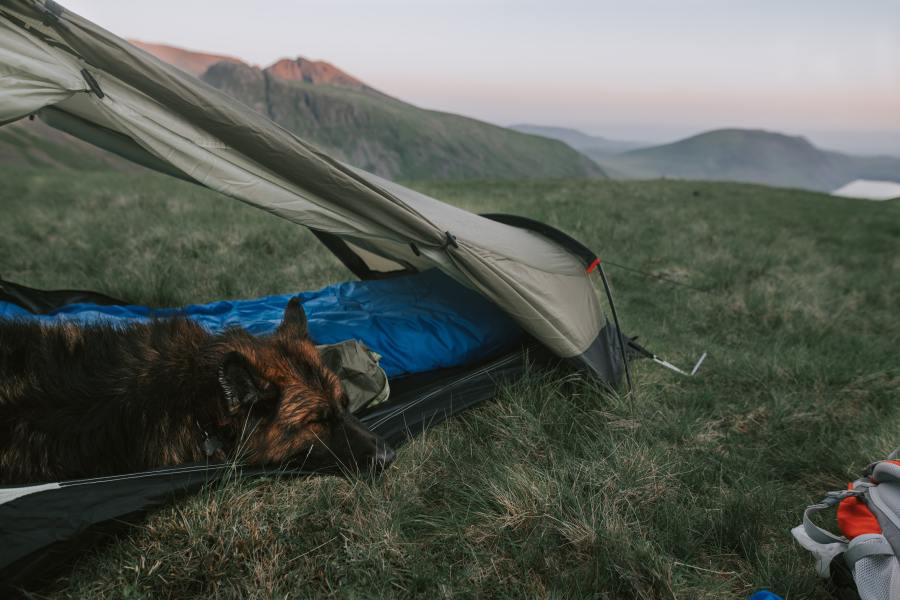
A good night’s sleep is vital for happy campers. Credit: Simon Migaj
Comfort
While you can learn how to find the perfect spot to pitch up with experience, there will no doubt be times – for example, in adverse weather conditions – when you need to erect your tent or tarp quickly on uneven ground. Even the most experienced camper can quite easily survey a spot only to find they can feel a bump or lump – rocks, tree roots, babyheads – that seemed non-existent on initial inspection.
If you’re camping on rough ground, a sleeping mat will elevate you off the floor, alleviate some of those lumps and help you sleep comfortably. This cushioning is especially important if you’re a side-sleeper. In this position, you’ll feel greater discomfort at the shoulders and hips so it’s worth investing in a well-constructed, deep mat with air sprung cells which are great at providing full-body support. Also, vitally, look for a mat that resists deflation overnight even if you toss and turn.
Warmth
This elevation off the ground, alongside the comfort, also provides all-important thermal protection. Many think sleeping bags do the heavy lifting when it comes to keeping you warm at night. That’s not entirely true, however, and a good sleeping mat will keep your body from losing heat to the cold ground.
Indeed, some undersides of sleeping bags – particularly those with down feathers that rely on loft to trap warmth – don’t work as well when you lie on them and compress these insulation materials. If you have a down sleeping bag or one with less insulation on the underside, a sleeping mat is essential. You can learn more about how sleeping bags keep you warm here.
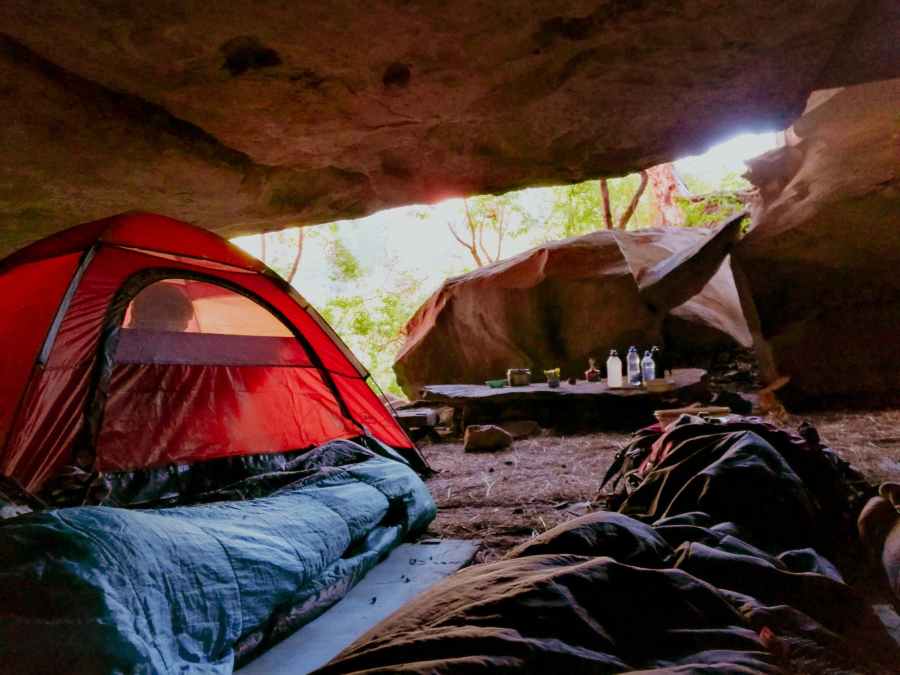
Camping with just a foam pad is not recommended in anything other than warm, dry conditions. Credit: Murray Hemingway
Sleeping mats, when selected correctly for the circumstance, will stop you losing body heat to the ground overnight through contact with it. Manufactures such as Sea To Summit offer insulated sleeping mats which will help you retain body heat further.
A sleeping mat is also important in wet weather and when camping with a tarp as the elevation off the ground will protect your sleeping bag from getting damp and cooling as the water evaporates.
In winter, sleeping mats with an appropriate R-rating – the Rab Stratosphere 5.5 has the highest value of any mat our team has tested – are a vital piece of kit in preventing hypothermia. You can learn more about temperature ratings of sleep systems here.
Protection
As an added bonus to your own comfort, a sleeping mat will give your sleeping bag a layer of protection from the rough ground if your ground sheet or tent isn’t particularly durable.
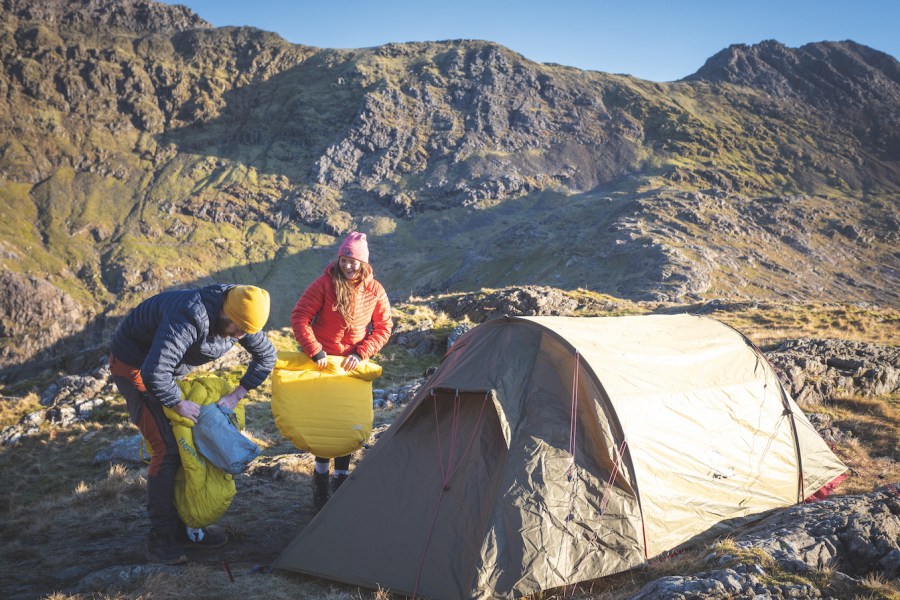
A couple rolling up Therm-a-rest sleeping mats in the morning. Credit: Benjamin Cannon
As sleeping mats are generally designed to be easily cleaned, you’ll save yourself time in the long-run if you don’t haver to wash your – likely more expensive – sleeping bag after every adventure.
The downsides of using a sleeping mat for camping
There are only two downsides of using sleeping mat for camping. Firstly, you’ll have to carry it out and back with you. But innovations in durable but lightweight materials mean that weight-conscious backpackers should be able to source a packable and light option that suits their needs (such as the Exped Ultra 3R M Mummy.)
Secondly, you’ll have to spend time at camp inflating and deflating the mat. Manufacturers such as Therm-a-rest have developed tools – as in the Therm-a-Rest NeoAir Xlite NXT‘s pump sack – to help you blow up mats quickly without running out of puff.
The Great Outdoors’ expert gear reviewers have tested the best sleeping mats so you can find the right fit for you.





